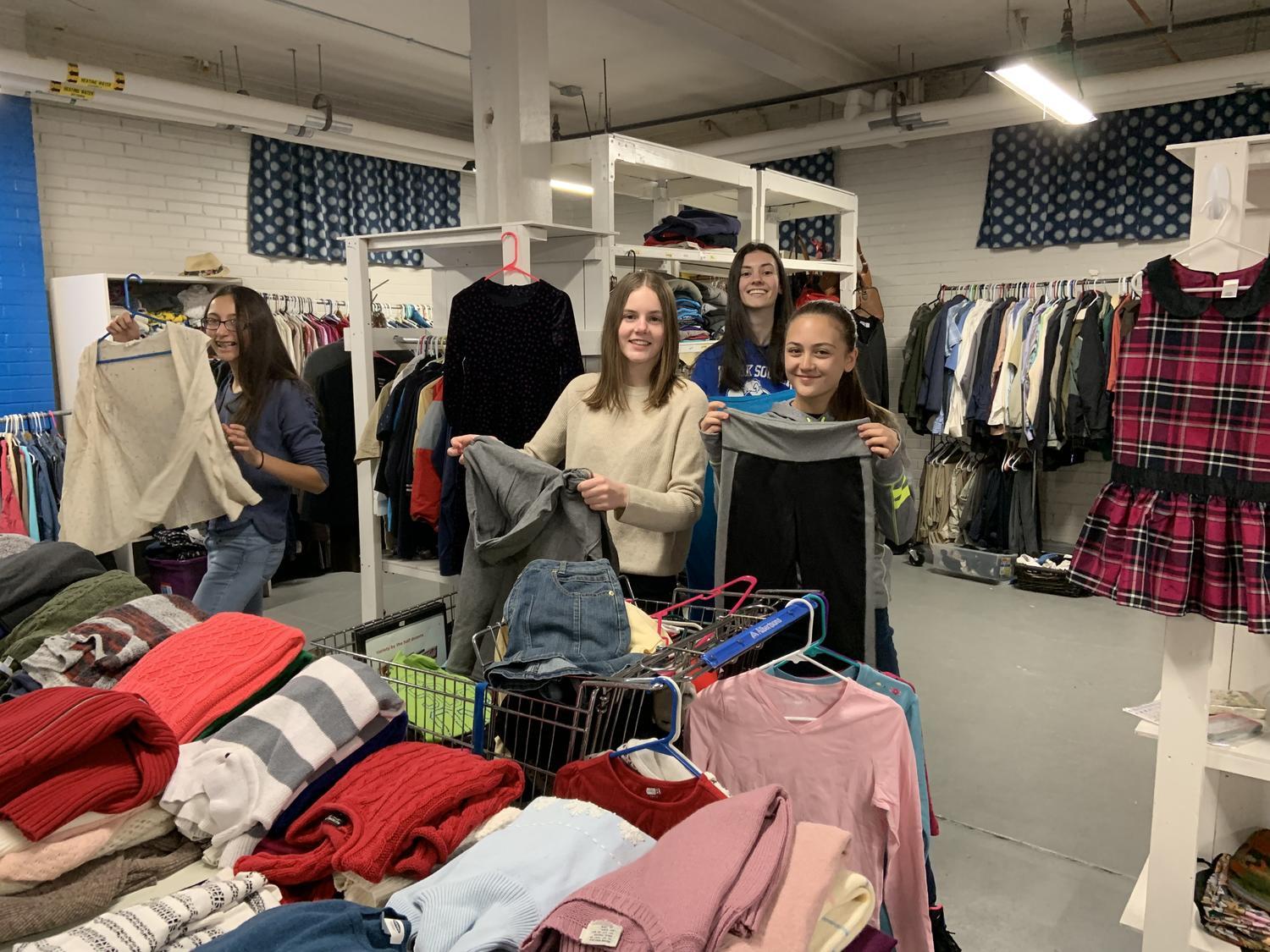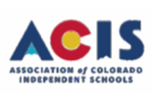Tuesday, March 12th, the first thing we did today was to discuss and plan our day. In the morning we were going to visit a program that helps families called Partners in Housing. The afternoon we would spend time on our campus with two guest speakers. Partners in Housing has a beautiful campus. There are many different programs and organizations on the campus and all of them are helping the community to be a better place.
Partners in Housing is an organization or program, which is focused on homeless families giving them affordable housing and additional help. Affordable housing is a common problem in Colorado Springs. Earning minimum wage, it would require someone working 4½ part-time jobs to afford rent in an average apartment. The lack of affordable housing is sometimes ignored and families usually stay with friends, sleeping in basements or on couches. That means that most homeless families are not living on the streets but are still considered homeless. That is were the program Partners in Housing can help. Their 60 apartments are spread all over Colorado Springs, making it more accessible for their jobs. To qualify for housing, one would need to be “clean,” which means not in active substance abuse, have the will to work, and need to have children under 18 or be pregnant. The success rate that families find permanent and stable housing marks 87 percent. Families can stay in this program for about one “year-ish.” That means after a year, families should be able to stand on their own feet.
I think the most shocking of all this is that the average homeless person in the United States is about 9 years old. It took me and my other classmates a little while to process that information and it just shows how much we, as people from the outside, see, and more important, NOT see.
We met Karen the development director of Partners in Housing and ate a donut right away. Partners in Housing is fundamentally built out of volunteering, and without volunteers and donations, their program wouldn’t work. Karen explained to us about the program and how serious family-homelessness is. It was shocking to hear studies and statistics about homeless families. One out of six families in the United States is living from “paycheck to paycheck.”
After a long time talking we were going to do some volunteer work on our own. One half of the class helped transport donations from one house to another. The other half sorted the donations and put them in the “home-owned” thrift-store. It was fun to do some work and to be aware of how important volunteers are. Around noon we returned to the school and ate lunch.
At 12:50 I was going to pick up our guest speakers from National Alliances on Mental Illness (NAMI). Kevin and Carry both experienced mental illness and talked about their own experiences. Our class was concentrated and fascinated by their stories and courage. We learned what it means to have mental illness and how NAMI helped both of them to get through it. I didn’t know how common and impactful mental illness is. It is more common in the United States to have mental illness than to have cancer, a heart disease, or diabetes. “Mental illness is not a disease, it is a part of you,” said Kevin.
Mental illness has become a more serious problem in our society. Many people feel like they have to hide in front of others. They have to realize that there is no magic pill that can relieve them from having mental illness. NAMI helps to go to a “safe space” where you can talk and get some kind of counseling. NAMI will even step in and cover the cost for medicine and counseling. Kevin himself experienced homelessness once but it was more by choice. Half the people he met were suffering from mental illness and NOT from substance abuse. This surprised me and most of my class.
Overall, the day was interesting and informative in many different ways. I think the best part was that we were actually able to listen to some real stories!

Follow all of the student ECS Blogs on Campus News.





